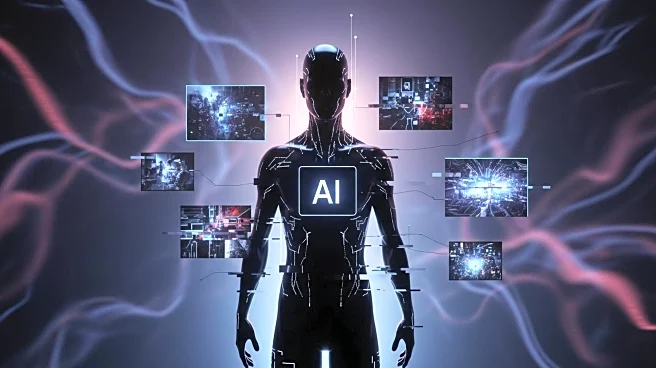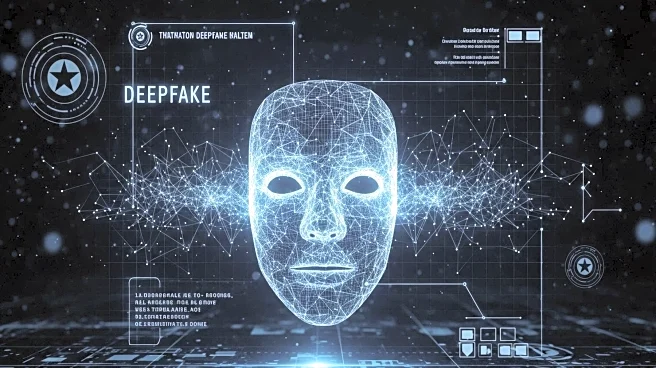What's Happening?
A recent study by researchers at the University of Oxford has highlighted a potential security vulnerability in AI-powered agents, which are personal assistants capable of performing routine computer tasks. The study reveals that images, such as desktop wallpapers or social media posts, can be subtly altered to contain commands invisible to the human eye but capable of controlling these AI agents. This manipulation could lead to unauthorized actions, such as sharing personal data or executing malicious tasks. The research emphasizes the risk associated with open-source AI systems, which are more susceptible to such attacks due to their accessible code. The study aims to alert developers and users to these vulnerabilities as AI agent technology continues to advance.
Why It's Important?
The findings of this study are significant as they expose a new avenue for cyberattacks in the rapidly evolving field of AI technology. As AI agents become more integrated into daily digital operations, the potential for exploitation through image manipulation poses a serious threat to data security and privacy. This vulnerability could impact a wide range of stakeholders, including individual users, businesses, and developers who rely on AI agents for efficiency and automation. The study serves as a call to action for developers to implement robust security measures and for users to be cautious about the images they interact with online, especially when using AI agents.
What's Next?
The research team hopes their findings will prompt developers to create AI agents with enhanced security features that can resist manipulation from visual inputs. As AI agents are expected to become more prevalent in the next few years, there is an urgent need for the development of defense mechanisms to protect against these types of attacks. The study suggests retraining AI models with stronger patches to improve their resilience against malicious image manipulation. Additionally, the research underscores the importance of transparency in AI systems to better identify and address vulnerabilities.
Beyond the Headlines
This study raises broader ethical and security concerns about the deployment of AI technologies without adequate safeguards. The potential for AI agents to be manipulated through seemingly innocuous images highlights the need for a comprehensive approach to cybersecurity in AI development. It also underscores the importance of collaboration between researchers, developers, and policymakers to ensure that AI technologies are both innovative and secure. As AI continues to permeate various aspects of life, addressing these vulnerabilities is crucial to maintaining trust and safety in digital environments.











